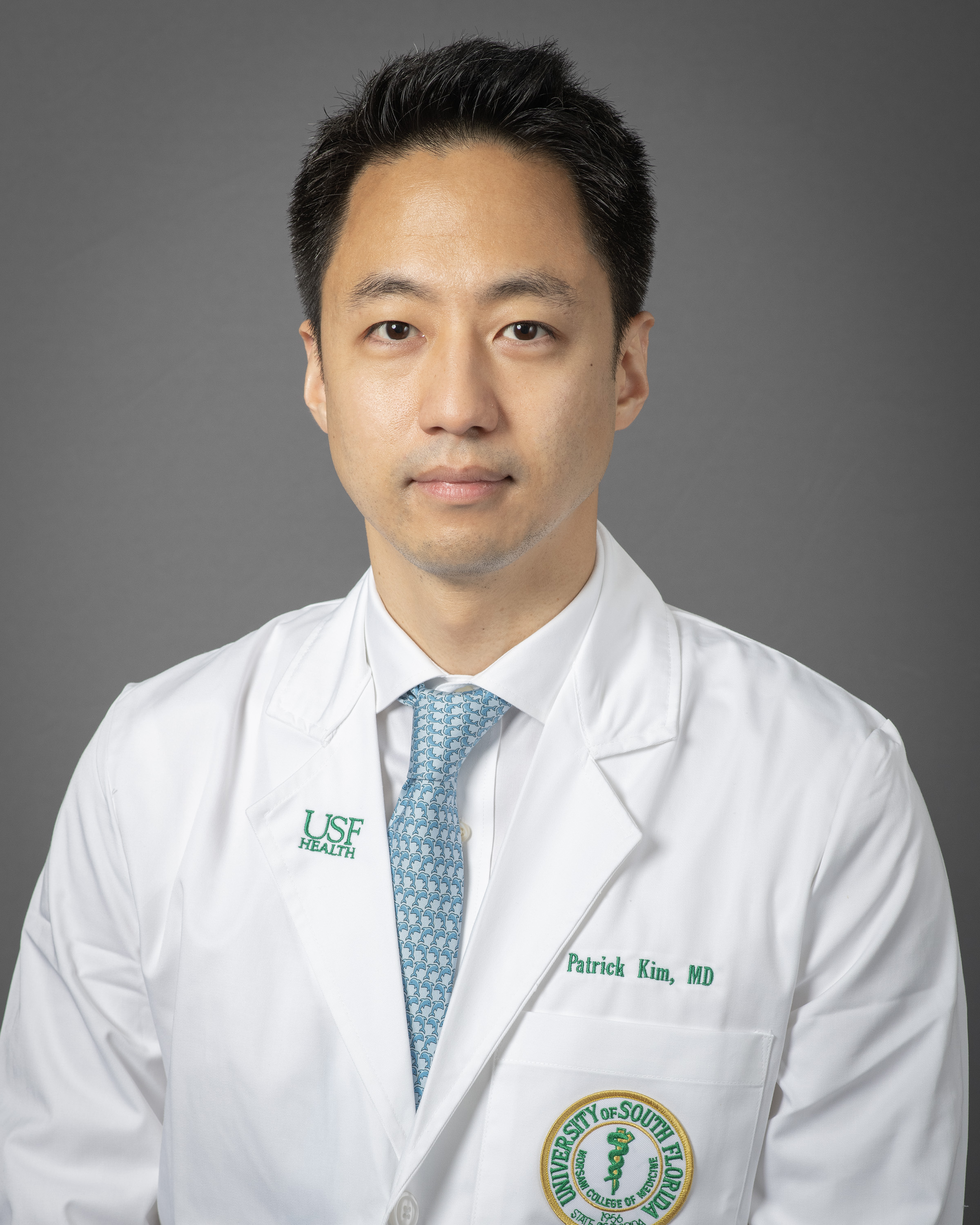Spine Division & The Cahill Spine Institute
Endoscopic Spine Surgery
What is Endoscopic Spine Surgery, and How Does It Differ from Minimally Invasive and Traditional Open Spine Surgery?
Endoscopic Spine Surgery (ESS) stands as an innovative approach to spinal care, distinguishing itself from both Minimally Invasive Spine Surgery (MISS) and traditional open spine surgery through its utilization of cutting-edge techniques and equipment. While MISS employs tissue-sparing methods, often facilitated by specialized retractors, ESS takes this a step further by integrating endoscopic tools with a scope featuring a camera tip. This pivotal advancement results in notably smaller incisions and diminished tissue trauma compared to MISS. With superior visualization capabilities for surgeons and expedited recovery times for patients, ESS emerges as a transformative solution for a spectrum of spinal conditions, including herniated discs, spinal stenosis, and various degenerative spine ailments.
Key Features and Benefits of Endoscopic Spine Surgery:
- Minimized Incision Size: Incisions typically measure less than a quarter of an inch, a significant reduction compared to MISS (> 1 inch) and traditional open surgery (>3 inches). This results in reduced tissue such as muscle and ligament damage.
- Reduced Blood Loss: ESS is associated with minimal intraoperative blood loss, often amounting to mere drops, contributing to improved patient outcomes.
- Accelerated Recovery: Patients undergoing ESS typically experience expedited recovery periods in comparison to those undergoing MISS or traditional open surgery.
- Alleviated Postoperative Pain: Smaller incisions and minimized tissue disruption translate to reduced postoperative pain, with many patients foregoing the need for narcotics or opioids following the procedure.
- Decreased Infection Rates: The risk of postoperative infections is markedly lower with ESS, owing to the smaller incisions and continuous irrigation techniques employed during surgery.
- Preservation of Spinal Stability: ESS minimizes the potential for destabilization of the spine by mitigating damage to surrounding structures, ensuring optimal patient outcomes.
- Outpatient Procedure or Shortened Hospital Stay: In the absence of significant medical complications, ESS can often be performed as an outpatient procedure, enabling patients to return home on the same day.
- Versatility in Treating Various Spinal Conditions: ESS offers adaptability in addressing a multitude of spinal conditions, including disc herniation, spinal stenosis, vertebral fractures, and more, with procedures tailored to individual patient needs.
- Enhanced Visualization: Employing a thin scope with a camera, ESS offers high-definition imaging, affording surgeons unparalleled clarity and magnification of the surgical site, surpassing the capabilities of MISS or traditional open surgery.
- Enhanced Cosmetic Results: ESS, characterized by small, minimally invasive incisions, results in diminished scarring and improved cosmetic outcomes for patients.
In conclusion, Endoscopic Spine Surgery represents a paradigm shift in spinal care, offering patients and surgeons alike a refined and less invasive alternative to traditional approaches. As this field continues to evolve, leveraging advancements in technology and surgical techniques, the promise of enhanced patient outcomes remains steadfast.

Meet Our Endoscopic Spine Surgery Expert
Dr. Patrick Kim is a fellowship-trained neurosurgeon specializing in endoscopic spine surgery. He received his medical degree from LSU New Orleans and completed his residency at the University of Mississippi Medical Center. Subsequently, he pursued a fellowship in endoscopic spine surgery at University of Washington Harborview Medical Center.
As the region’s first fellowship-trained endoscopic spine surgeon, he is dedicated to introducing new techniques aimed at achieving quicker recovery and minimizing complications following spine surgery. He currently serves as an assistant professor within the USF Health Department of Neurosurgery, Brain and Spine where he is passionately dedicated to educating and mentoring residents, actively contributing to the advancement of ultra minimally invasive spine surgery. He shares his expertise and knowledge of endoscopic spine surgical techniques with fellow surgeons and serves as a reviewer for the World Neurosurgery Journal and the Journal of Minimally Invasive Spine Surgery and Techniques.
USF Health Making Life Better